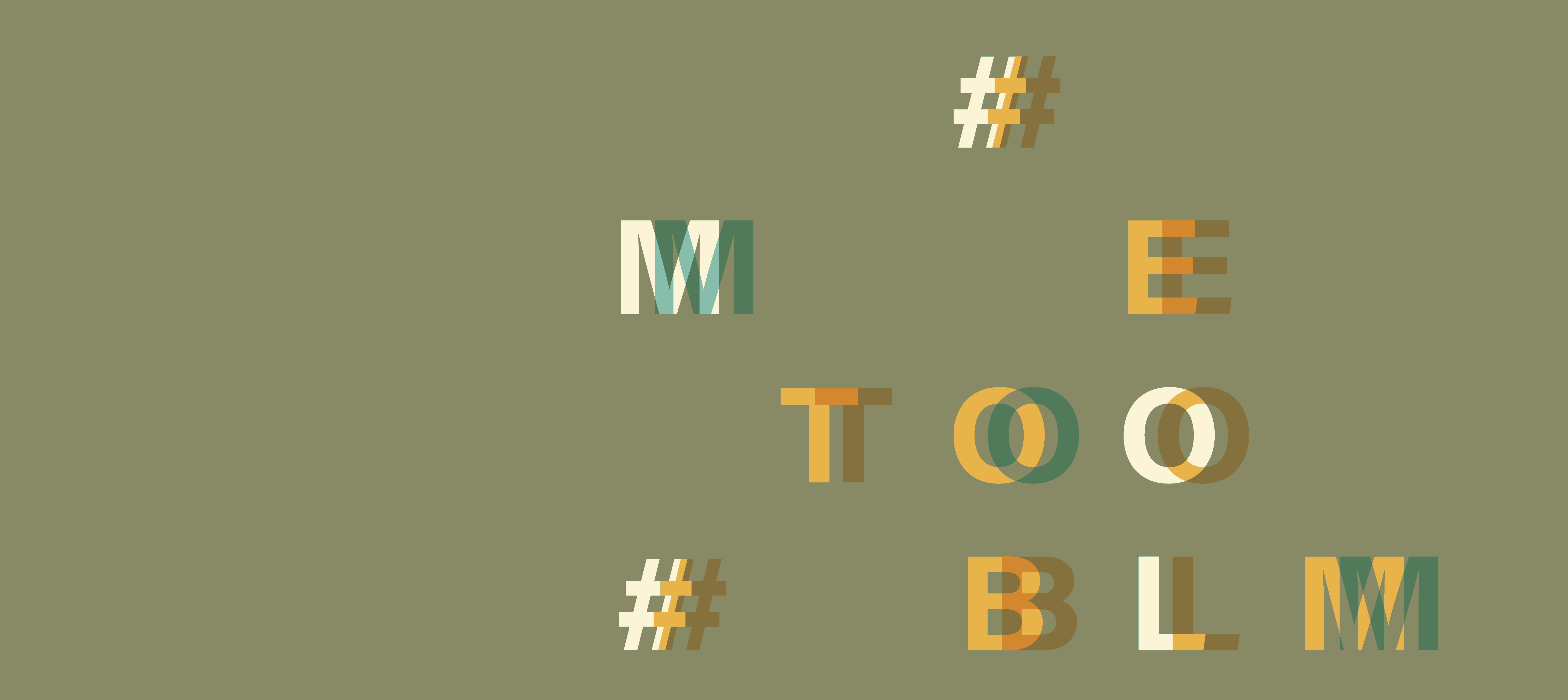
Image: Rare Design Group
Protest Signs
How We Communicate the Revolution
By Keith Hamilton
Where dialogue, negotiation, and even forbearance with the status quo bring no progress, there will be public protest. Those that lead the charge know that concise communication of a singular message, both visually and verbally, are key.
In the mid-twentieth century, public protests relied on traditional news channels for exposure. Even before the term “sound bite” was coined, its value was understood: to efficiently establish what is being said and by whom. Placards emblazoned with simple messages did the job — No Nukes, I Am A Man, Women’s Lib. Often they were distilled into symbols, like the dove and the raised fist. The peace sign, with its three strokes contained by a circle, set a new standard as an emblem that could be applied quickly with little artistic skill in the form of graffiti. Protest symbols suddenly became subversive.
To this end, the most effective of these are easily reproduced with a few furtive spray painted strokes, either on a cardboard sign or a concrete wall. Others are easily communicated with a single gesture, as unforgettably displayed by the Black Panthers on the 1968 Olympic podium. Either way they are immediately identifiable, even unsettling, which of course makes sense, given the common modus operandi is, if nothing else, to unsettle.
The modern incarnation of this effect is Extinction Rebellion, which, while dampened by the pandemic, is cemented on the collective mental landscape if for no other reason than its logo. In its simplicity and muscularity, its only nuance is the mystery of how it hadn’t been conceptualized until now. It is a direct descendent of the peace sign, its rudimentary linear elements reworked to depict a particularly hostile hourglass, circled for additional emphasis as if to say “this time we’re serious.”
But some movements find their identity without branding. What Black Lives Matter may lack for an immediately identifiable symbol is more than made up for in exposure and pure force of will. Painted in enormous yellow uppercase on main thoroughfares throughout the US, its occupation on Fifth Avenue in New York City compelled the sitting president to decry it as a “hate symbol”. Perhaps even more bewildering than his wrongheaded use of the label is his awareness of it in the first place.
The tweets and retweets were deafening, turning victimization on its head.
But the strength of Black Lives Matter is its success to unrelentingly occupy the arena of the mind. Consuming social media since the recent violent deaths of George Floyd, Breonna Taylor, Ahmaud Arbery and countless other Black persons, it represents the evolution of protest, transcending the visual. It has ensured the voice of the individual is no longer confined to the street or the protest rally.
Social media’s role is pivotal to the democratic impulse, allowing not just freedom of expression, but the ability to co-ordinate mobilization in real time. This was instrumental in its seminal moment, Egypt’s Arab Spring in the early 2010s, where hashtags circulated among protesters often faster than police could react.
A few years later, victims of sexual violence found solidarity under the banner of #MeToo. The digital rallying cry began with activist Tarana Burke and then went viral somewhat understatedly as a “conversation” to find those who shared similar tragic experiences. Actress Alyssa Milano wrote, “if you’ve been sexually harassed or assaulted write ‘me too’ as a reply to this tweet.”
The tweets and retweets were deafening, and victimization was turned on its head. Without warning, dozens of serial predators faced criminal charges and jail time. True to the movement’s paradigm-toppling effect, the hashtag defied the conventions of a traditional protest symbol by way of a simple, powerful wordmark, accompanied by a hashtag. If modern protest has taught us anything, it’s that if the arc of the moral universe has not changed, its symbols will never be the same.


